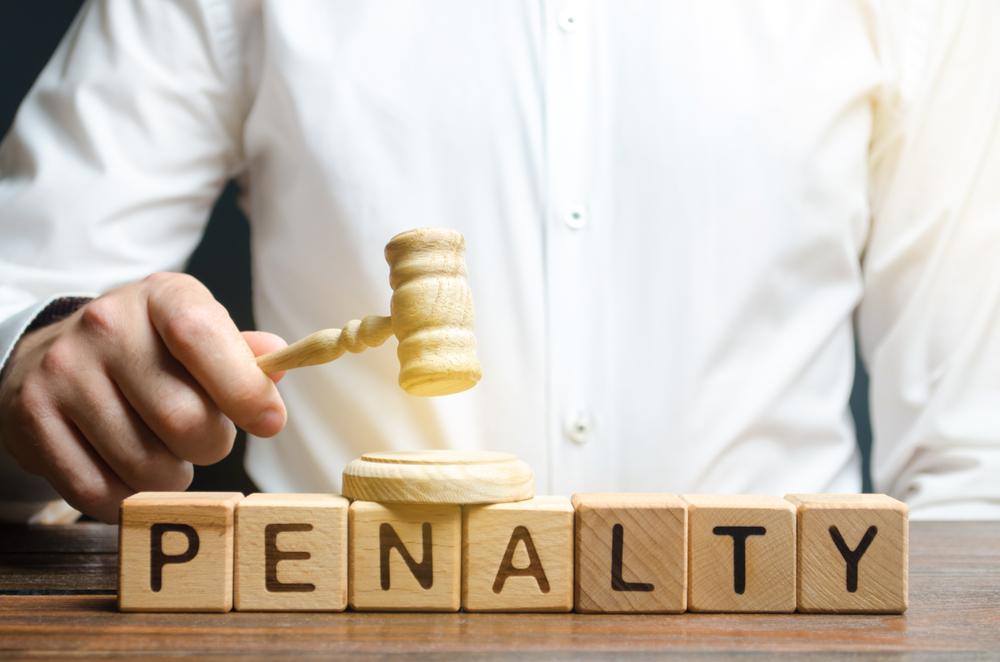New York City stands not only as a hub of global commerce and culture but also as a leader in the sustainability movement. As climate change presents an increasingly urgent challenge, NYC has boldly risen to the occasion, unveiling a plan that could reshape the landscape of urban sustainability and chart a course for cities worldwide to follow.
Introduction
I. Brief Background on New York City’s Sustainability Efforts
New York City has a storied history of environmental initiatives, stretching back to the landmark Clean Air Act and beyond. Building upon this legacy, the city has increasingly focused on reducing its carbon footprint through cutting-edge policies and practices. The NYC Green New Deal, a suite of aggressive climate laws, builds upon the goals set by the international Paris Agreement and positions the city at the forefront of the fight against climate change.
II. Introduction to NYC Local Law 97 and Its Relevance
Central to this initiative is Local Law 97, set to transform the city’s skyline into a model of energy efficiency. This legislation reflects NYC’s commitment to a greener future and serves as a significant step in the right direction for sustainable urban living.
Understanding NYC Local Law 97
I. Overview of the Law
Local Law 97 is part of the Climate Mobilization Act, which was passed in 2019 by the New York City Council. It forms the cornerstone of NYC’s efforts to slash greenhouse gas emissions by 40% by 2030 and over 80% by 2050.
II. Key Components of the Law
The law targets buildings larger than 25,000 square feet—a category that includes approximately 50,000 properties citywide, accounting for nearly a third of all emissions in NYC. Under the law, these buildings will need to meet increasingly stringent emission limits or face penalties, thereby incentivizing property owners to invest in energy efficiency upgrades.
III. How the Law Plans to Address Energy Efficiency
Local Law 97 requires the retrofitting of buildings to enhance their energy performance. This includes upgrades to heating and cooling systems, improved insulation, and the installation of energy-efficient lighting, among other measures. In addition, the law promotes the use of renewable energy by allowing credits for green power purchases.
The Impact of NYC Local Law 97
I. Expected Environmental Benefits
The implementation of Local Law 97 could result in a discernible decrease in the city’s overall emissions, significantly impacting the push towards a more sustainable future. Reduced energy consumption not only curbs greenhouse gas emissions but also lessens the reliance on fossil fuels, leading to improved air quality and a reduction in related health issues.
II. Economic Implications for Businesses and Landlords
The law’s impact on the real estate sector is profound. Property owners face the challenge of aligning their buildings with the newly established emission standards. While energy-efficient upgrades can be costly, the investment is designed to pay dividends in the long run through reduced energy bills. The Urban Green Council has resources and information to help stakeholders understand the financial aspects of the law.
III. Potential Challenges of Implementation
Building owners may encounter various obstacles, including the initial capital investment required for energy efficiency projects, navigating the complexities of retrofitting older buildings, and ensuring projects are completed within the law’s timelines. Owners must be proactive, seeking out local law 97 compliance solutions to avoid possible fines.
How NYC Local Law 97 Promotes Energy Efficiency
I. Explanation on Energy Efficiency Measures the Law Encourages
To comply with Local Law 97, property owners are incentivized to adopt a range of measures that support energy efficiency. These measures include switching to LED lighting, installation of automated building management systems, and upgrades to HVAC systems. Furthermore, the law encourages a shift towards renewable energy sources and green construction practices.
II. Discussion on Carbon Cap Limits for Different Types of Buildings
Local Law 97 establishes varying emissions caps for different building categories reflecting the operational needs and complexities of diverse structures. Carbon intensity limits for a hospital will differ from those of a commercial office building, for instance, which necessitates a customized approach to compliance for each property.
III. Enforcement Mechanisms and Penalties for Non-Compliance
To ensure adherence to the law, NYC has put in place a mechanism for measuring and regulating emissions from large buildings. Non-compliant buildings will incur fines that correspond to the degree by which they exceed the limits. The Department of Buildings will oversee enforcement, requiring emissions reports to maintain transparency and accountability.
Case Studies of NYC Local Law 97 Implementation
I. Presentation of Successful Instances of Implementation
Examples of successful compliance can already be found across NYC. Buildings that have proactively embraced energy efficiency demonstrate that the law’s requirements are not only achievable but beneficial. The Empire State Building, for example, underwent a landmark retrofit that significantly reduced its energy consumption and costs. Such case studies act as a blueprint for other building owners.
II. How These Case Studies Have Led to Increased Energy Efficiency
By analyzing buildings that have already implemented changes, we can see tangible benefits of increased energy efficiency. Case studies reveal that enhancements such as improved insulation and advanced heating and cooling systems comply with Local Law 97 and lead to substantial energy savings and reduced operational costs.
Future Scope of NYC Local Law 97
I. How This Law Could Model for Other Cities’ Energy Policies
The progressive stance of Local Law 97 could serve as a model for other municipalities aiming to tackle urban emissions. The law’s framework offers a scalable approach that can be adapted to local circumstances, providing a roadmap for other cities to follow.
II. Potential Improvements and Modifications for the Law in the Future
As we move forward, we can expect New York City to refine Local Law 97, integrating more precise metrics, advanced technologies, and updated sustainability practices to remain at the cutting edge of climate action.
Conclusion
In summary, NYC’s Local Law 97 is an unprecedented move towards a more energy-efficient and climate-resilient future. As the city embarks on this ambitious journey, the lessons learned and the successes achieved will undoubtedly shape the sustainability discourse far beyond its borders. The enactment of Local Law 97 serves as an inspiring example of proactive leadership and an essential step toward a greener future for New York City, and potentially, cities around the globe.
VertPro.com serves as a resourceful platform for property owners and managers seeking to enhance their buildings’ energy efficiency. The site offers a range of services, including Commercial Energy Audits, Benchmark Compliance consultancy, and a Construction Marketplace. At the heart of VertPro® is a suite of SaaS technology-based solutions designed to assist in navigating the complexities of Energy Benchmarking and Energy Audits/RCx Plus, while ensuring adherence to over 60 Energy Benchmarking and Energy Efficiency Laws across the country.
For those looking to improve their property’s energy usage and operational value, VertPro.com provides a diverse array of tools and information. The site aims to facilitate a better understanding of energy efficiency practices and legislation, helping building owners and property managers make informed decisions about their energy strategies while complying with all energy ordinances and laws.





